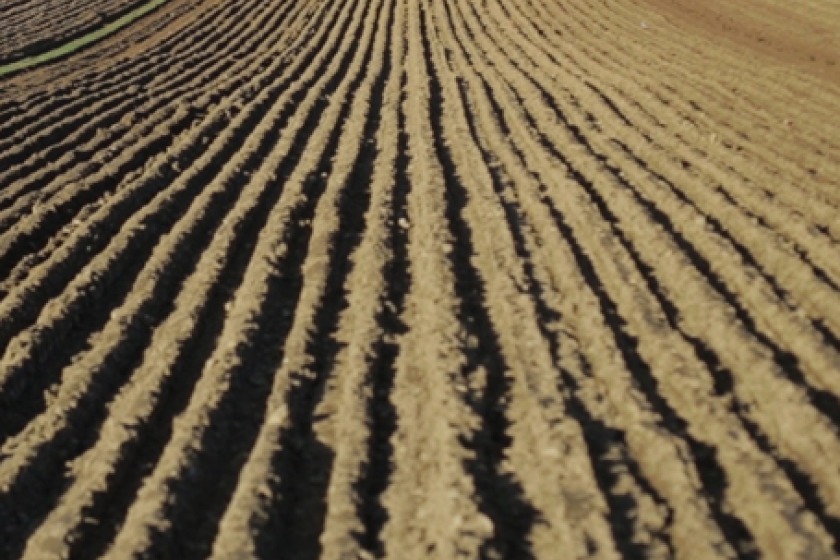Singing as you work
Fri, 20 Mar 2020
In the third in our series of articles about Manx music, this piece looks at traditional Manx songs and tunes connection to work, offering a telling insight into the life of Manx people in the past. This was recently published in the Manx Independent:
Singing as you work
At a time when ICT, finance and hospitality are the major providers of employment, it is interesting to note that many of the folk songs, dances and tunes we still perform hark back to the occupations of those living more than a century ago.
When the collectors scoured the Island in the 1890s for the last remnants of traditional songs and melodies, the main sources of income were crofting and fishing – usually a combination of both.
Manx Gaelic was still spoken in the country areas, and singing would have been an important form of entertainment and a way of passing on stories.
With #ManxMarch, we are encouraged to buy fresh local produce and support local farmers rather than import from around the world, but a hundred years ago, everyone would have had a connection to the land. The song titles from that time reveal a glimpse of country life through the seasons:
“Arrane ny Guilley Hesheree” (Song of the Ploughboy), “Arrane Ben-Vlieaun” (Milking Song), “Lhigey Lhigey”; a singing game for children about “galloping” to the market, and “Kirree Fo Niaghtey”; the tragic lament telling a true story from the 1600s about thousands of sheep buried under the snow.
Harvest was a time when the whole rural community would assist in gathering-in the crops, and the ritualistic “Mheillea” dance was performed in circle around the last sheaf of corn fashioned into a doll named the ‘Babban ny Mheillea’.
The barn where hay was stored was also a place of entertainment where the fiddler would play and people gathered to feast and dance.
Hiring fairs were an important part of the farming year too, and the rather alluring dance “Shooyl Ineenyn”(girls walking) imitates the actions of young women showing their wares to potential employers at the Michaelmas Hiring Fair!
Songs also tell us about marriage practices in the country districts. “Mylecharaine” told of a miserly farmer, reluctant to give his daughter a decent dowry. “Colbagh Breac” tells of a speckled heifer offered with another farmer’s daughter.
Of course, fishing was a popular topic, from ballads recounting disasters at sea such as “The Wreck of the Herring Fleet” and “The Storm of Port St Mary”, to the hymns and invocations associated with protecting those engaged in this most precarious of livelihoods.
“Mannin Veg Veen” (Dear Little Mannin) announces the beginning of the herring season on St John the Baptist’s Day (now July 5th) and the song describes the travails and traditions associated with this very significant occasion.
Happily, the fishing connection is still alive and well, thanks to Peel’s vibrant dance group, Skeddan Jiarg, (Manx for ‘Red Herring’!)
Mining - another major occupation a centenary ago - is rarely referred to in the collections, perhaps because it was a ‘new’ industry that employed many men from outside of the Island.
The story of mining remained untold in song until the 1960s when Stuart Slack redressed the imbalance and wrote of the Great Depression of 1929 in his enduring popular song, “The Laxey Wheel”. He also paid acknowledged their life of hardship and drudgery in his song- tribute to “The Foxdale Miner”:
“From breakfast to bed we go diggin’ for lead, but I’d rather be diggin’ for gold!”
The article is available to be enjoyed on the Isle of Man Newspapers' website.
This article links to the series of traditional Manx music arranged for guitar being released as a free download and video lesson. More information is available here.
Recent News
-
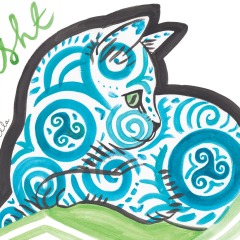
Funding for creative Manx language projects announced
Tue, 24 Jun 2025
-

Year of the Manx Language - Gow ayrn, join in!
Tue, 17 Jun 2025
-
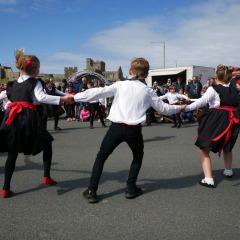
Commitment to Manx Culture through Corporate Support
Thu, 05 Jun 2025
-

School celebrated in new Manx film
Wed, 14 May 2025
-
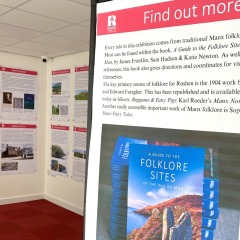
Rushen Folklore Exhibition
Tue, 13 May 2025
-

Manx music in America: This Fair Isle
Thu, 08 May 2025
-
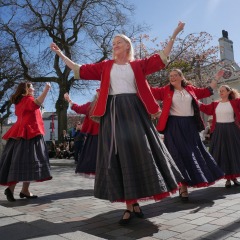
Island Escapes donates £ 5,000 to support Manx Culture
Thu, 01 May 2025
-

Jacob O'Sullivan joins the board
Thu, 24 Apr 2025
-

Folklore Comes to Life Through Puppetry Course
Thu, 17 Apr 2025
-
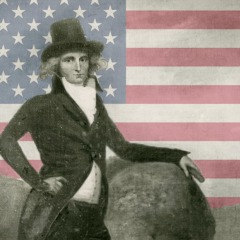
Manx 'father' of North American
Tue, 01 Apr 2025

